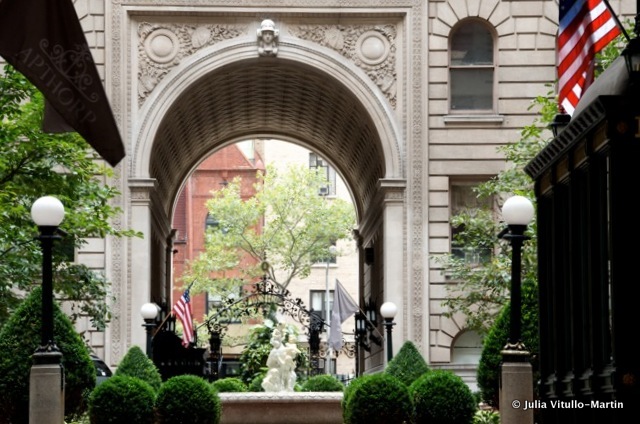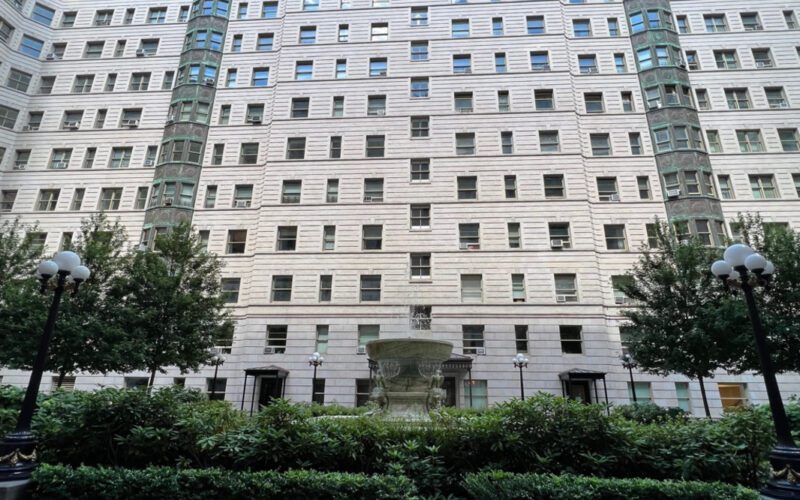Kenneth T Jackson, The New York Times, April 25, 1993
Excerpt: How did Manhattan come to be so different, so European, so un-American? Elizabeth Hawes, formerly a staff member at The New Yorker, suggests that high-rise living, a once-novel idea, may be responsible for the singularity of the Hudson River metropolis. Before 1869, she argues in New York, New York: How the Apartment House Transformed the Life of the City (1869-1930), all respectable residents, in New York as elsewhere, lived in private, single-family houses.
Although bourgeois Parisians had been living on “shelves” since the days of the ancien regime, any American household of even modest aspirations considered a multifamily building to be sexually racy, a “stage set for adultery.” After all, busybodies could not monitor the comings and goings of visitors when private entrance ways did not front on the street. Before the Civil War, the word “tenement” described any dwelling that housed three or more families, and the term “apartment building” was unknown.
The great boom in apartment-house construction came after the turn of the century, spurred by the opening of the subway in 1904. Focusing on the Upper East and Upper West Sides, where new buildings sprang up like wildflowers, New York, New York gives special attention to the biggest of the residential behemoths, places like the Ansonia, the Apthorp and the Belnord. Technically, many were apartment hotels but, whatever the name, by 1929 they had transformed New York.
Ms. Hawes, by focusing on Manhattan, neglects the middle class in favor of the wealthy, and ordinary apartment buildings in favor of famous ones. But she is an engaging stylist, and her vivid prose and the book’s excellent illustrations escort the reader into the lavish interiors of New York’s grand residences and help us to understand “the conversion of the rich.”
“How did Manhattan come to be so different, so European, so un-American?”
Kenneth T Jackson, reviewing “New York, New York’
Read the full review in The New York Times.



